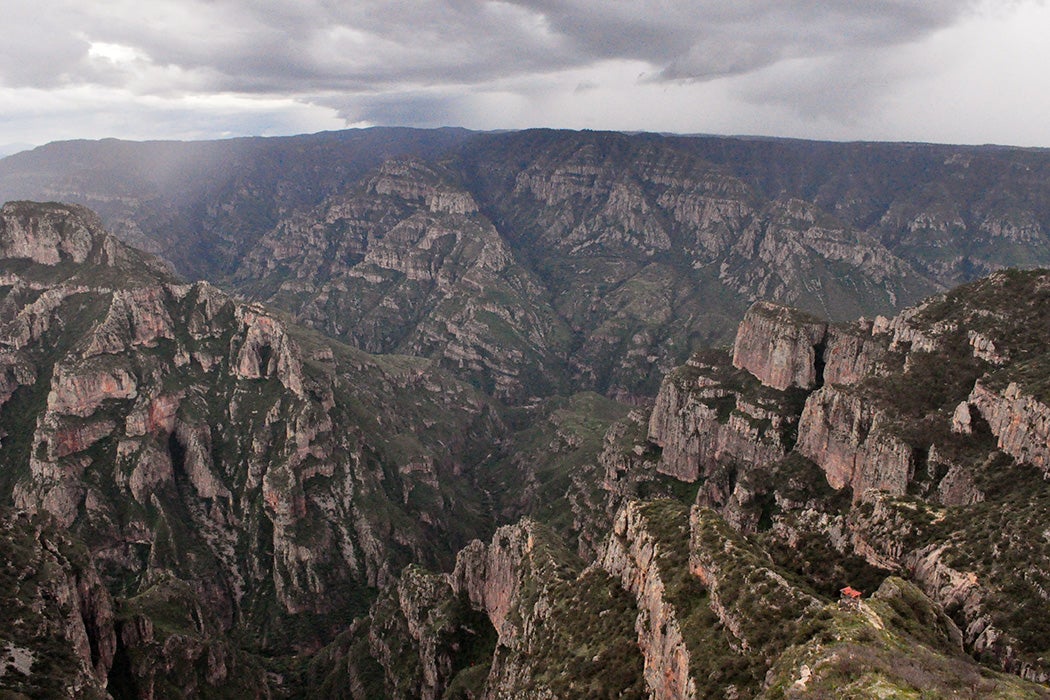The oft-repeated prediction that climate change will hit hardest for already vulnerable populations is playing out in real time for Indigenous Rarámuri communities in Mexico’s restless northwestern borderlands.
The Rarámuri (also called the Tarahumara) live in a mountainous region coveted by drug cartels, loggers, and industrial farmers. New research that examines the area in depth suggests that it may serve as a case study for how a changing climate can intersect with other pressures, like drug trafficking, and amplify dangers for Indigenous people on their own lands.
“Climate change is injecting more scarcity in the region,” writes author Daniel Weisz Argomedo, who describes the changes in Mexico’s Sierra Madre range as “[creating] an impossible situation for these indigenous communities.”
For thousands of years, Rarámuri communities have cultivated beans, corn, and other traditional staple crops. But recently, drought and shifting climate patterns have pushed ecosystems to higher elevations and squeezed water supply to the point where these crops are threatened. In 2019, nearly half of the expected Mexican bean crop went unplanted for lack of water. The region’s water scarcity, and coincident malnutrition and even starvation, are projected to worsen with continued global warming.
Even as some villages and individuals were ensnared by threats of violence or the lure of economic security to grow poppies for opiates, to smuggle drugs across the border, or to accept industrial land grabs, others were able to flourish in spite of the cartels. Yet with food security in decline, the people who have so far resisted the cartels may find few opportunities for survival. Weisz Argomedo speculates that the Rarámuri’s famed long-distance runners and the rugged beauty of their mountainous home region would attract more tourism if the area were secure, but barring government intervention to drive out cartels and reallocate the tightening water supply, the situation is grim.
Weekly Newsletter
Indigenous societies are hardly strangers to struggle; climate change is just exacerbating an already difficult situation for the Rarámuri. Weisz Argomedo suggests dedicating high-level state anti-corruption resources to easing pressure from cartels in the region now rather than waiting for further drought to strain food production even more. Crucially, the government will need to focus on busting ringleaders and regional cartel enablers to shift the perilous status quo, instead of penalizing the individual farmers and drug runners who may have had little choice but to participate.
For government officials, fighting cartels in their rural strongholds or combating a drying climate may sound like the proverbial rock and a hard place. But as more Indigenous people are caught in the crosshairs of climate change, the state may have little choice but to funnel more support into vulnerable communities—or risk fueling the illicit industries desperate people often turn to.
Support JSTOR Daily! Join our new membership program on Patreon today.







